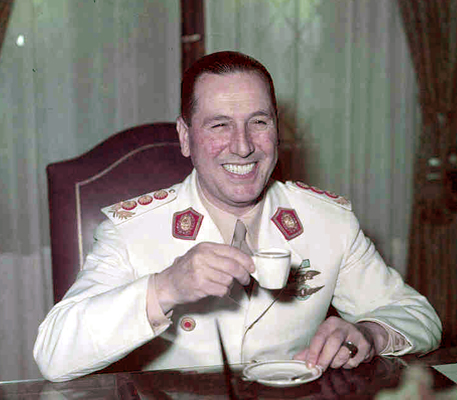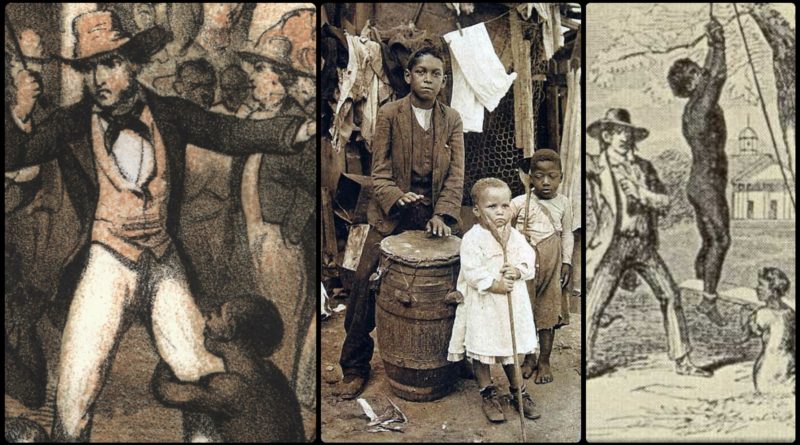History of Argentina
Argentina’s history has been highly influenced by European art, architecture, literature and lifestyle; however the country has still been able to maintain its own unique image at the same time. Historians have divided Argentina’s history into four main sections; the pre-Columbian era, the colonial period, the independence wars and the early post-colonial period of the nation, and the modern Argentina.
Pre-Columbian Era
Prior to the arrival of Europeans Argentina was sparsely inhabited. In the north western region of the country the Diaguita inhabited the fringes of the expanding Inca Empire; the Quechua people were in the North, Patagonia was populated by the tribes known as Tehuelches and farther east and north east was where the Guaraní lived.
Colonial Era
Juan Díaz de Solís was the first European to land on Argentine soil in 1516, coming from the sea. Buenos Aires first settlement was created by Pedro de Mendoza from Paraguay in 1536 but it was later demolished by the Indians. Then Buenos Aires was established second and last time by Juan de Garay in 1580. Argentina’s colonized period brought the country the Spanish language, trading, Catholicism and European traditions.
Independence Wars and the Early Post-Colonial Period

In 1806 Argentina and Buenos Aires started to find their own identity when the English invaded the city. The English General Beresford easily captured Buenos Aires with just 1500 soldiers, however their victory was temporary because within just 6 weeks, Juan Martin Pueyrredon and his army of 12,000 soldiers recaptured Buenos Aires. This didn’t stop the English who later sent for another 8,500 soldiers in an attempt to conquer the city again. The English soldiers were defeated once more by the people who threw stones and boiling water on the heads of the English.
After freeing themselves from the rule of the British and the Spanish the Argentine settlers created their own identity and when Spain was conquered by Napoleon the Spanish colonies had no one to answer to. This resulted in the signing of the declaration of independence by the portenos (the people from Buenos Aires) on July 9th, 1816. At this period Argentina was the first independent Latin American country.
During the period which followed Argentina swayed from civilian to military rule and from revolutionary to conservative policies. The rise of Lieutenant General Peron Sosa as the Argentine president in 1943 resulted in a takeover. After he won the election of 1946, Peron started a policy of extreme social improvement and patriotism.

Peron established the Peronista movement but he was later overthrown in 1955. He however was still the director of his movement even though he was in exile in Spain. Peron was later re-elected as president in 1973 after the succeeding administrations failed to secure the loyalty of both the people and the trade unions. After Peron’s death, his wife, Isabelita Peron, became president a year later but her rule was short lived when chaos started and she was forced out when the military took over in 1976.
Modern Argentina
After Argentina’s military rule the country was back to democracy in 1983 when Raul Alfonsin was elected president. Alfonsin ruled from the period of 1983 to 1989. Then in 1989 the country saw the return of peronism when Carlos Menem was elected. Menem brought stability to inflation and improved Argentina’s economy during his 10 year rule. In 2001, the country’s financial problems introduced the country to another rough chapter in its history when Argentina hit a new level crisis and poverty consumed about half of the population. Luckily, Argentina has once again settled down and the economy has showed signs of improvement and the country seems like it will regain its former position.
